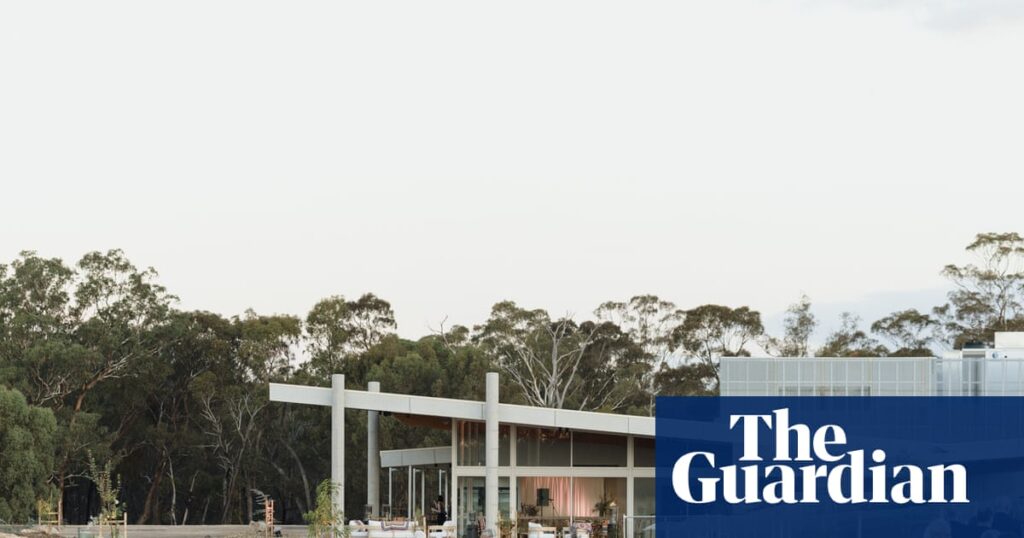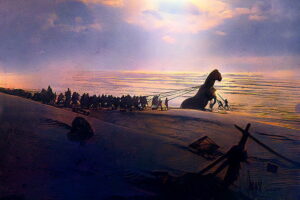
A new art gallery dedicated to environmental art has emerged as a beacon of hope for tourism in Victoria’s Grampians, a region recently ravaged by consecutive summers of bushfires. Located just ten minutes from Halls Gap, the Wama Foundation opened its doors in July, offering a unique blend of art and nature across a sprawling 16-hectare site.
The initial phase of this ambitious project, known as the National Centre for Environmental Art, is complemented by endemic botanic gardens and native grasslands. Future developments promise accessible boardwalks, nature play areas, and a sculpture trail, further enhancing the visitor experience.
Rebuilding After Devastation
Grampians Wimmera Mallee Tourism CEO, Marc Sleeman, describes the region’s current state as a “period of rebuild” following the devastating bushfires of 2024 and 2025. These fires scorched over 135,000 hectares of national park and farmland, leaving a lasting impact on the area’s ecosystem and economy.
Sleeman emphasizes the importance of the Wama Foundation in the region’s recovery strategy. “It gives people a new and fresh reason to visit and it’s this new green shoot of recovery as a new business that’s opening up,” he stated. “It gives our community and businesses a sense of positivity and hope after a challenging couple of years, and from an attraction perspective for the broader region, it’s really one of those game changers for the Grampians.”
A Sanctuary for Biodiversity
Ange Turrell, interim CEO of the Wama Foundation, highlights the dual role of the arts centre in attracting visitors and conserving the region’s unique biodiversity. With 80% of the Grampians/Gariwerd national park affected by the bushfires, the botanic garden and nearby native grasslands serve as living examples of preservation and restoration efforts.
The gardens boast approximately 500 native plants, including 30 endemic species. Among these are rare and endangered species such as the Gariwerd Grevillea, Grevillea gariwerdensis, and the critically endangered Grevillea microstegia, which was salvaged from Mount Cassell before the February 2024 fires.
“It’s more than a garden,” Turrell said. “It’s a sanctuary that safeguards biodiversity and gives the public access to plants they might never otherwise encounter.”
Art Reflecting Nature
The National Centre for Environmental Art is the first gallery in Australia devoted exclusively to showcasing and reflecting on the natural world. Its inaugural exhibition, End & Being, delves into the climate crisis, inviting viewers to contemplate the shared realities of global heating.
Curator José Da Silva explains that the exhibition connects narratives from the melting of glacial ice in Europe to the bushfires on the gallery’s doorstep. “By connecting these narratives, the exhibition encourages us to consider the interconnectedness of ecological systems, the far-reaching consequences of a warming planet, and the urgent need for both local and global responses to environmental crises,” Da Silva said.
Looking Forward
The opening of the Wama Foundation marks a significant step in positioning the Grampians as a destination where art and nature converge. Sleeman envisions the precinct as a cultural and environmental landmark, enhancing the region’s appeal to both domestic and international tourists.
As the Grampians continue to heal from the scars of recent years, the Wama Foundation stands as a testament to resilience and renewal, offering a fresh perspective on the intersection of art, nature, and community recovery.







